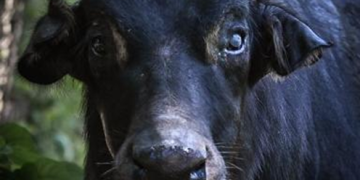Sustainable Fiber Sourcing & Processing
Engineering & Pad Production
User-Centered R&D & Product Quality
Business Model & Market Access
Education & Community Engagement
Community Building – Creating a Globally Adaptable Blueprint Model for Fibre Pad Manufacturing
